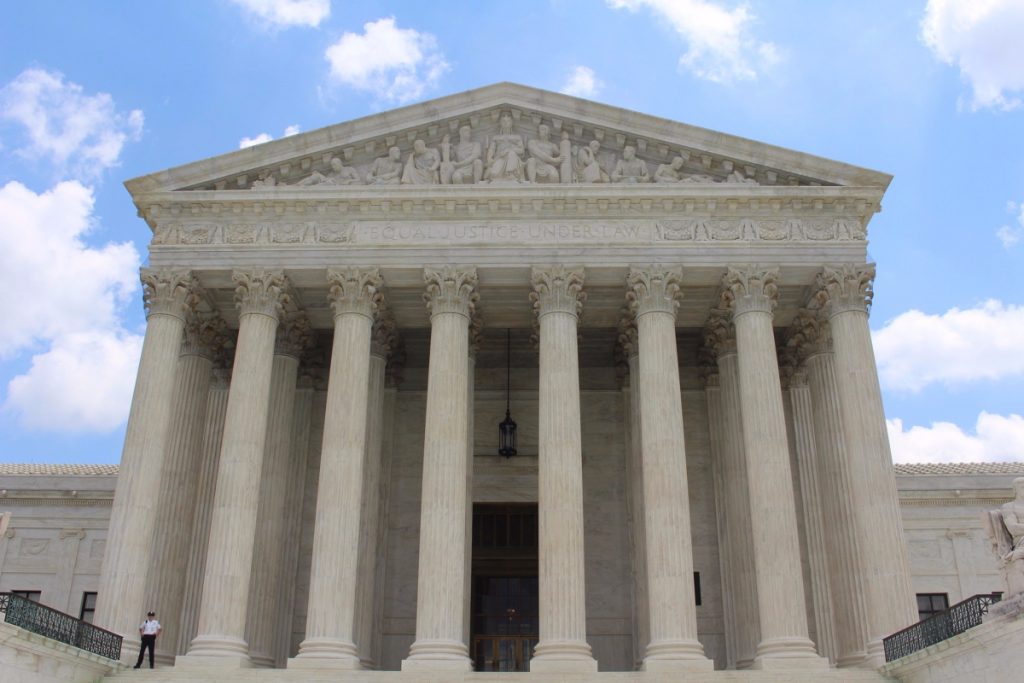Discrimination Trials: How NYC Handles Inequality

Discrimination trials are initiated by the NYC Commission on Human Rights’ Law Enforcement Bureau (LEB). The LEB must file, investigate and then asses complaints in order to process them. Furthermore, complainants can ask for mediations with respondents or withdraw complaints at any time. If the LEB gives complaints a No Probable Cause Determination, they will go to an appeal process. Allegations will go to discrimination trials if the LEB gives them a Probable Cause Determination. The following will explore the steps the LEB takes if a complaint is given a Probable Cause.
Office of Administration Discrimination Trials

The LEB sends complaints over to the Office of Administrative Trials and Hearings (OATH) after giving them a Probable Cause Determination. They also assign complaints to an OATH administrative law judge (ALJ). The judge then presides over the discrimination trial and gives a recommended decision and order. It is important to note, that OATH is independent from the Commission. It is also supervised by OATH’s Chief Administrative Law Judge and Commissioner.
The LEB is responsible for prosecuting matters against respondents if litigation continues at OATH. The LEB is also responsible for defending complainants. While at OATH, complainants can stand as a witness or intervene as a third party. Complainants must act according with OATH’s Rules of Practice if they choose to be a third party. Additionally, complainants become a party to the litigation if they request to intervene. An ALJ must grant this request first. Finally, respondents and complainants can stop their cases at any point during discrimination trials.
The Final Decision and Order
The ALJ sends out a Report and Recommendation after the trial is over. This report includes:
- – discovered facts
- – law decisions
- – damages and civil penalties recommendations
The Commission’s Office of General Counsel gives the Report and Recommendation to the Office of the Chairperson of the Commission (OC) for Decision and Order. They also give the General Counsel post-trial statements and objections. The OC then reviews the following documents:
- – final documents
- – evidence from the trial
- – ALJ’s Report and Recommendation
- – post-trial statements
- – objections de novo
The OC sends out a Decision and Order after the trial documents have been reviewed. This order will keep or reject the ALJ’s report.
